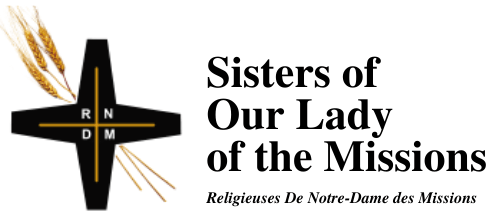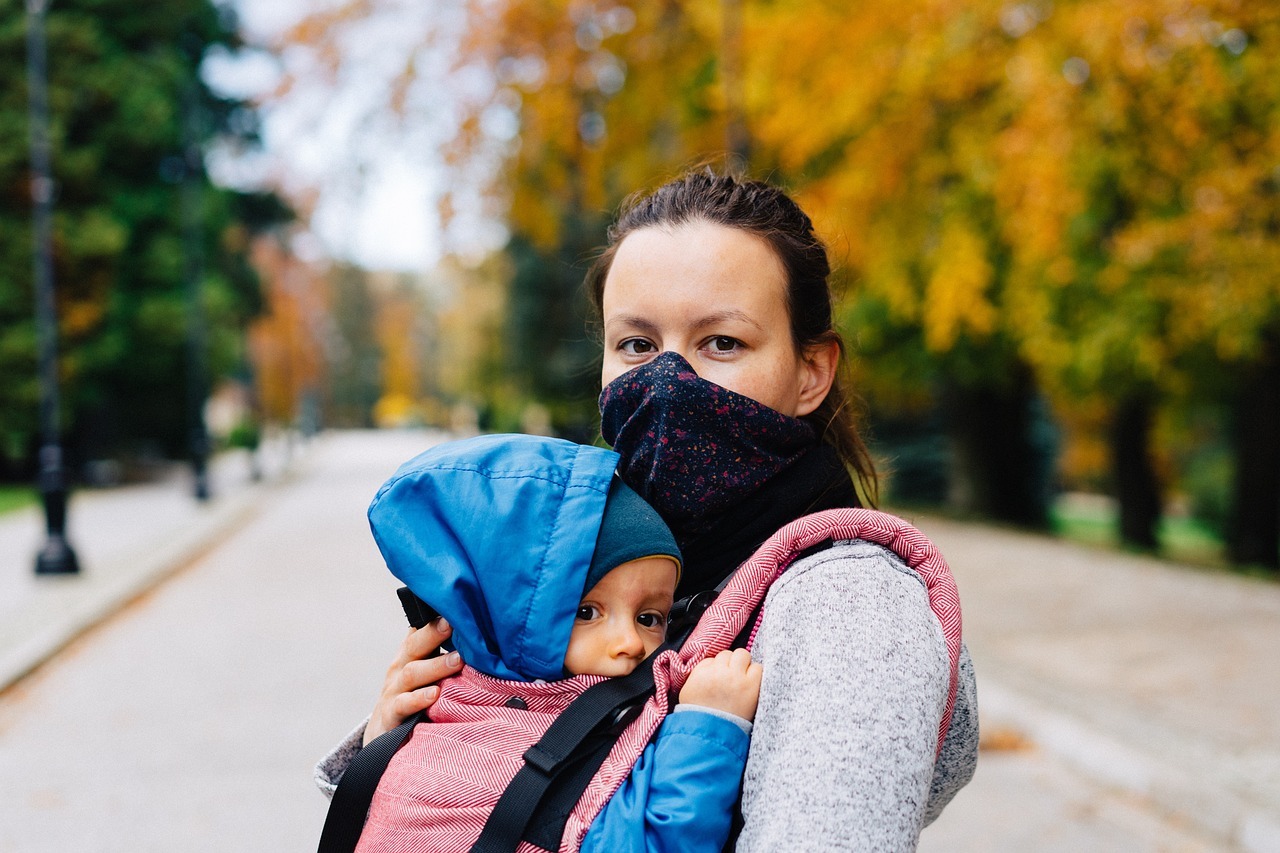Leviticus 13: 1-2, 44-46 (RM) or 2 Kings 5: 1-14 (RCL); Psalm 32 (RM) or 34 (RCL); 1 Corinthians 10: 31—11:1 (RM) or 1 Corinthians 9: 24-27 (RCL); Mark 1: 40-45. Where the Transfiguration gospel is used: 2 Kings 2: 1-12; Psalm 50; 2 Corinthians 4: 3-6; Mark 9: 2-9.
Oh how we dreaded preaching on Leprosy Sunday… By ”we” I’m thinking of some of us who preached regularly at the Sunday Eucharist. Yes, many years ago in the Diocese of Rochester, New York, theologically-qualified women and lay men in university chaplaincies/campus ministry and some parishes could and did preach. That local tradition of lay preaching continues today on the website “God’s Word Many Voices.”
To the well-meaning preacher “leprosy” sounded like a dangerously contagious and common disease, and the social isolation imposed on its victims seemed to make a heartless sort of sense in medically-primitive first-century Palestine. But it’s not what we might think – either leprosy or the logic of social isolation, a concept in public health we know well because of the Covid pandemic.
First off, the word translated here as “leprosy” does not refer precisely to Hansen’s disease, but to a general category of skin disorders and infections. We know now that Hansen’s is not nearly as contagious as our ancestors thought – one would need to be in prolonged proximity to a victim to pick it up. Because Hansen’s disease is bacterial it can be treated today with antibiotics.
What’s less clear-cut to us is the deeper reason for isolating and banishing victims of skin disease – the concept of ritual purity. For our ancestors in faith any of a number of physical conditions, from a skin infection, to blood or fluid loss in menstruation or childbirth, posed a threat to the people as a whole in approaching the Holy in worship and sacrifice. The issue had to do with whether a person’s pollution offended God and endangered the community. Thus the loss of bodily fluids carried a connotation of moral defilement as well (see Numbers 12: 9-10.)
When Jesus touched the man with the disease to heal him, Jesus made himself vulnerable to shame and social isolation as well. This mentality did not die out in the first century. Does anyone remember when Princess Diana touched patients suffering from AIDS, and took sick children in her arms? The press and the public were not universally charmed.
Once eradicated the impurity had to be atoned for, in order to restore the victim to the life of the community. The priest would certify legally that the condition no longer existed, and then the individual would be required to make the prescribed sacrifices. For that reason, Jesus referred the healed man to the local priests.
Look at what the writer of Mark is doing here. In this condensed account of Jesus’ early ministry, Mark shows him coming out of practically nowhere, calling followers, teaching with visible authority in the synagogue, driving a demon out of a man, then driving out a fever and more illnesses, still driving out demons, and now driving away a socially and religiously polluting skin disease.
Mark is setting up the figure of Jesus as a powerful male leader and healer, unparalleled in these peoples’ experience, dominating and vanquishing not only illness and moral sinfulness, but random evil forces. In this case the man suffering from the disease approaches Jesus submissively, then after the healing he violates Jesus’ directive not to say anything. But the way the stories are piled up, one atop the other, shows that Jesus’ reputation grows inevitably. They also presume a typology of personal power, domination and control that fit a patriarchal society.
Does it fit ours? What happens when we try to control another person? What happens when we try to assert power over what we cannot dominate – or should not dominate? Isn’t that a form of sin? Doesn’t that bring the risk of a sort of spiritual pollution? Is there a danger that we’re making God in the image of a particularly pernicious form of sinfulness?
And, to turn it around, where do we see the glimmers of the living Spirit peeking through, calling us forward, and joining us together, healed, whole, and holy?
© Susan K. Roll
This Reflection is a revised version of the Reflection from February 14, 2021
Susan Roll retired from the Faculty of Theology at Saint Paul University, Ottawa, in 2018, where she served as Director of the Sophia Research Centre. Her research and publications are centred in the fields of liturgy, sacraments, and feminist theology. She holds a Ph.D. from the Catholic University of Leuven (Louvain), Belgium, and has been involved with international academic societies in liturgy and theology, as well as university chaplaincy, Indigenous ministry and church reform projects.




